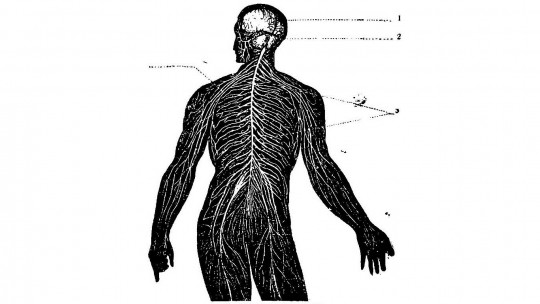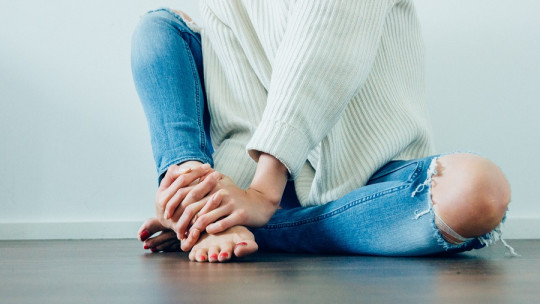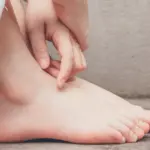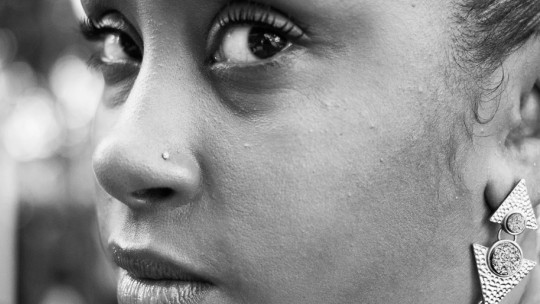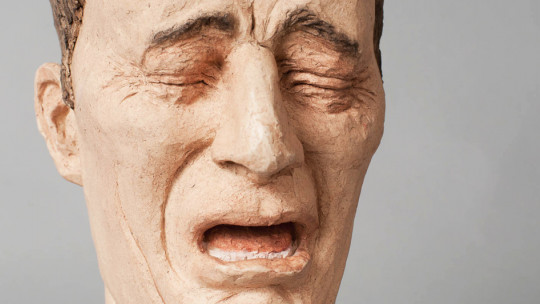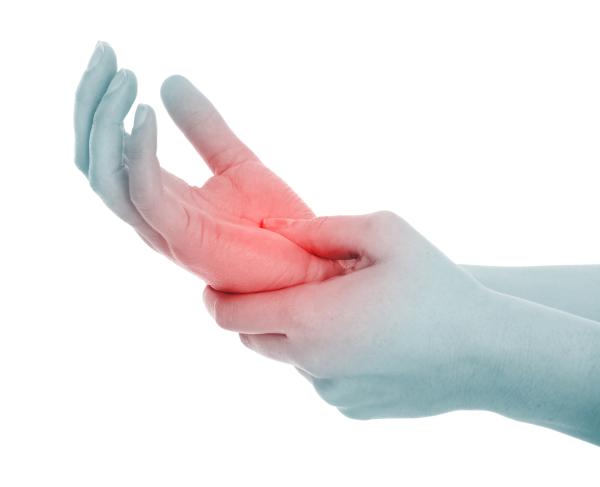
Paraesthesia is an abnormal sensation commonly described as tingling, numbness, itching, or a sensation of pins and needles in the skin. It may be the result of the body’s response to stress and anxiety. When a person is anxious, their nervous system can become overactive, which can cause these unusual physical sensations.
These sensations caused by paresthesia are usually temporary and disappear once anxiety is reduced. If you want to know more about this topic, read on! In this article, we explain What is anxiety paresthesia: symptoms, causes and treatment as well as how long it lasts and where you can notice it.
What is anxiety paresthesia
Paresthesia is a irritative sensitivity disorder which manifests itself with abnormal sensations without the need for prior stimulation, similar to tingling, in this case, associated with symptoms of anxiety and nerves.
Anxiety paresthesia is usually temporary and disappears once anxiety is reduced. Even so, when it manifests itself recurrently and chronically, along with other symptoms such as palpitations, shortness of breath, dizziness, feeling of loss of control, sweating, tremors, derealization, depersonalization, sensation of choking, fear of dying, chills or sensation of heat; will be associated with a anxious symptoms or anxiety crisis. In this case, we will talk about anxiety paresthesia.

Symptoms of anxiety paresthesia
Paraesthesia, as we have mentioned, is a symptom that can appear during a panic attack or in certain people within the framework of anxiety disorders. If you’re wondering how to know if I have anxiety paresthesia, pay attention to the following symptoms:
- Tingling or feeling of pins and needles on the skin.
- Numbness in the extremities or other parts of the body.
- Itchy or burning sensation on the skin.
- Sensation of “goosebumps” without apparent cause.
- Tingling sensation on the skin.
- Sensation of electricity on the skin.
- Unexplained feeling of cold or heat in certain areas of the body.
These symptoms can appear suddenly and without an obvious physical cause, and are associated with moments of anxiety or stress. Importantly, while anxiety paresthesia is a real experience, it is benign and usually temporary.
How long does anxiety paresthesia last?
The duration of anxiety paresthesia can vary from person to person and it also depends on the intensity of the anxiety experienced. In many cases, it can last from a few minutes to several hours. In situations where anxiety is chronic or recurrent, paresthesia may last longer. However, if symptoms persist or are severe, it is important that you seek medical advice to rule out other possible causes and receive appropriate treatment.
In which areas does anxiety paresthesia manifest?
Anxiety paresthesia usually manifests in the extremities, arms, hands, feet and legs. However, it can also spread to the rest of the body, such as numbness. in the torso, or even loss of sensitivity on the head and face (facial paresthesia due to anxiety). The symptoms affect both sides of the body, either unevenly or evenly.
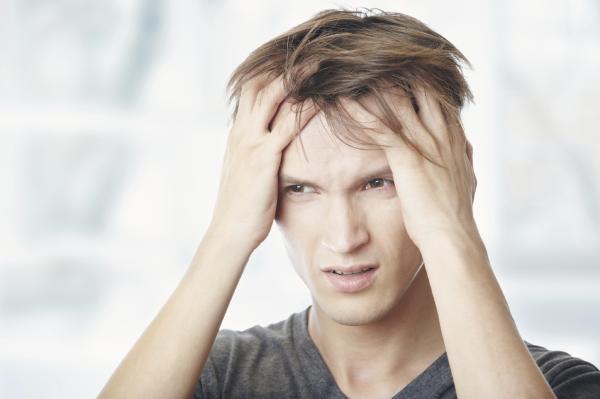
Causes of anxiety paresthesia
Anxiety paresthesia can have several causes. We show them to you below:
- Activation of the nervous system: During periods of anxiety, the autonomic nervous system can become activated, affecting peripheral nerve function and causing abnormal skin sensations.
- Hyperventilation: Rapid, shallow breathing, common during episodes of anxiety, can cause changes in carbon dioxide levels in the blood, which in turn can affect nerve function and cause anxiety paresthesia.
- Muscle tension: Stress and anxiety cause muscle tension, which compresses nerves and causes sensations of tingling, numbness, or pain. Find out in this article if anxiety causes muscle spasms and punctures.
- Alterations in blood circulation: can affect blood circulation, causing changes in the sensitivity of peripheral nerves and causing paresthesia.
- Neural hyperactivity: Neuronal hyperactivity can occur in certain areas of the brain. This can affect the transmission of nerve signals and cause abnormal skin sensations.
Treatment of anxiety paresthesia
Treatment for anxiety paresthesia, as a symptom associated with a disorder or disease, will be the treatment of said condition. Thus, remission is expected with the improvement of the main discomfort that has led to the symptoms of paresthesia.
In this specific case, with the management of panic attacks or anxiety symptoms, anxiety paresthesia should subside or be reduced. Otherwise, it is necessary consult with a doctor to rule out the appearance of other diseases or alterations of the central nervous system that could cause the symptoms of paresthesia.
Techniques to treat anxiety paresthesia
Some of the techniques that can help you manage and reduce anxiety paresthesia are those that focus on physiological control. In them, the subject learns to control his own physiological activation and cope with anxiety-provoking situations.
In this sense, the concentration and exposure to bodily sensations It is the main therapeutic component. In this way, the patient is trained in diaphragmatic breathing, progressive muscle relaxation, and even mindfulness.
If there is no neurological cause behind the paresthesia, the combined use of psychotherapy with psychotropic drugs is not recommended, since they have not demonstrated greater effectiveness than isolated psychological therapy. In order to help you in the treatment of anxiety paresthesia, we recommend that you consult our articles on Mindfulness exercises for beginners and Relaxation techniques for anxiety.
This article is merely informative, at PsychologyFor we do not have the power to make a diagnosis or recommend a treatment. We invite you to go to a psychologist to treat your particular case.
If you want to read more articles similar to Anxiety paresthesia: what it is, symptoms, causes and treatment we recommend that you enter our Clinical Psychology category.
Bibliography
- American psychiatric association, (2014). Diagnostic and Statistical Manual of Mental Disorders DSM – 5. Madrid Spain. Pan-American medical publishing house.
- Ezpeleta, L., & Toro, J. (2014). Developmental psychopathology. Madrid: Pyramid
- Mase, J., (March 23, 2020). Why does an area of my body sometimes fall asleep? Paresthesia. Cinfa Health. Recovered from: What is paresthesia? Causes and treatment | CinfaSalud

